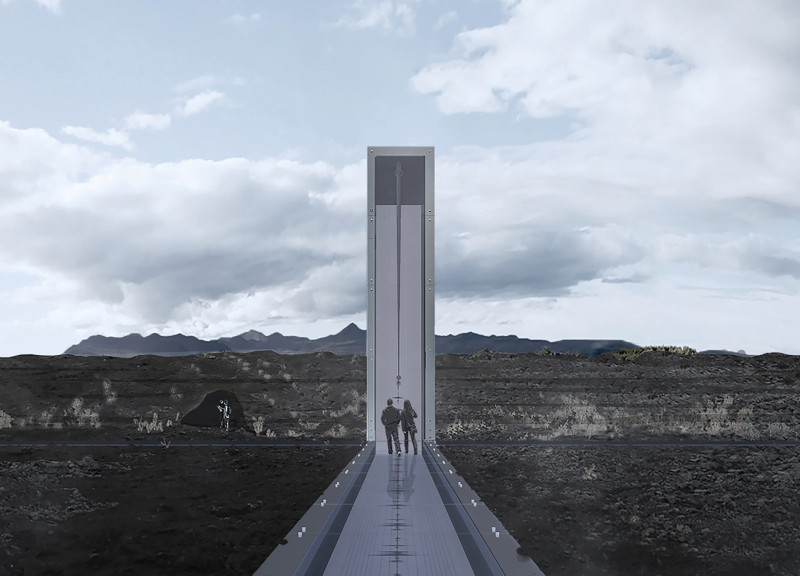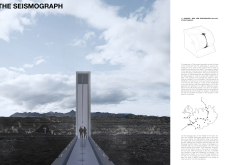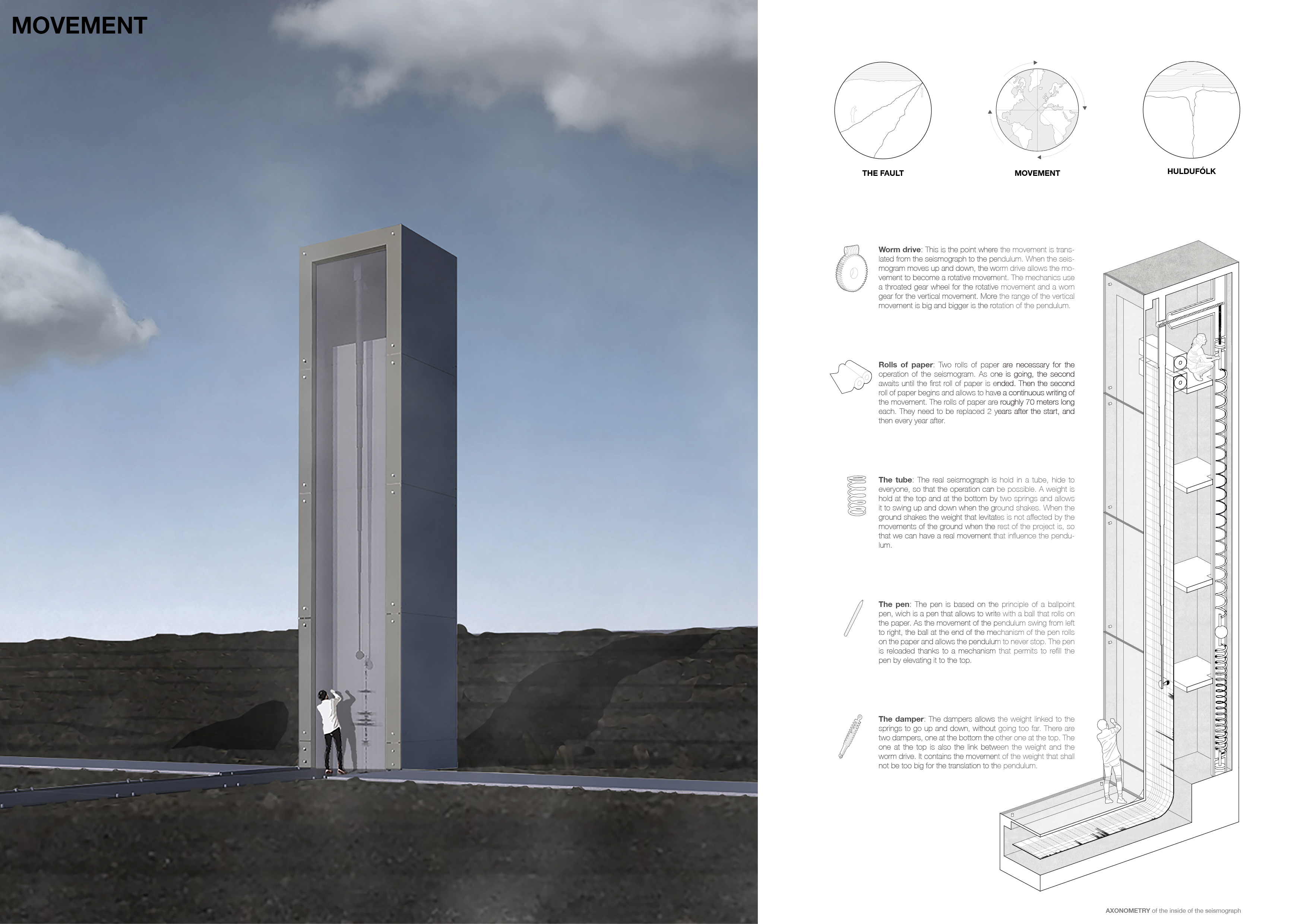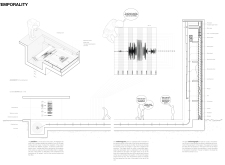5 key facts about this project
The architectural project focuses on creating a functional space that harmonizes form and function, demonstrating a careful balance between aesthetic appeal and practical usability. Located in a dynamic urban environment, the project serves [insert primary function], catering to the needs of its users and contributing positively to the surrounding area. The design integrates modern architectural methods with a nod to local context, fostering a sense of place.
One of the project’s primary features is its strong emphasis on sustainability and environmental responsibility. The design incorporates passive heating and cooling strategies, allowing for energy efficiency while maintaining user comfort. Natural light is harnessed through strategically placed windows and skylights, reducing reliance on artificial lighting and enhancing the overall atmosphere. Additionally, the use of sustainable materials supports eco-friendly practices and environmental stewardship.
Unique Design Approaches
A distinctive aspect of this project is its innovative use of materials. By employing reclaimed wood and local stone, the architecture not only honors the site’s history but also minimizes the carbon footprint associated with transportation. This material selection is not solely aesthetic; it enhances the thermal performance of the building, contributing to overall energy efficiency.
The spatial organization within the project adopts an open floor plan that encourages collaboration and flexibility. This approach is increasingly relevant in contemporary architectural design, as it fosters interaction among users while maximizing usable space. Specific areas, such as multifunctional zones and community spaces, have been designed with versatility in mind, allowing for a variety of activities and events.
Architectural Details and Integration with Site
Attention to detail is evident in the project’s integration with its surroundings. Landscaping features utilize native plants, which require less maintenance and water, thus supporting local ecology. The relationship between indoor and outdoor spaces is carefully considered, with outdoor areas designed to extend the living and working environments, promoting well-being and social interaction among users.
The project's architectural plans and sections reveal meticulous planning, where each element is designed to enhance the overall functionality. Thoughtful circulation paths ensure ease of movement throughout the building, while dedicated spaces for relaxation and interaction contribute to user satisfaction.
For those interested in exploring the full range of architectural ideas behind this project, a review of the architectural plans, sections, and design specifics will provide comprehensive insights into the architectural language and intentions that shaped this development. The project stands as an exemplary model of contemporary architecture that effectively addresses modern urban challenges while fostering a strong community connection.


























